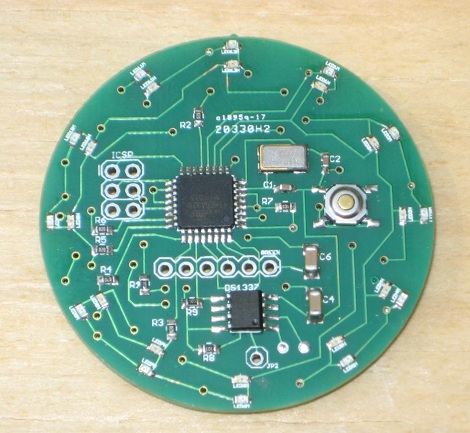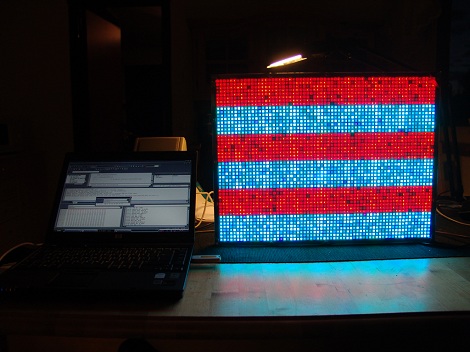
Waking up at 5:30 in the morning. [Mark Stead] didn’t like the idea either when his chickens started crying to be let out. One simple solution obviously is to eat the chickens build an automatic door opener. The mechanism starts out with an old style mechanical alarm clock, add a geared motor with some creative switch work to pull open the door, weather proof the entire thing, and done. [Mark] even modified the setup later to work with vertical doors. No MCU required for either.
Pair this with an automated feeder system, egg gathering and cooking setup, and you’re half way to having your breakfast ready for you when you wake up in the morning – around noon like the rest of us.
[Thanks MS3FGX]
















